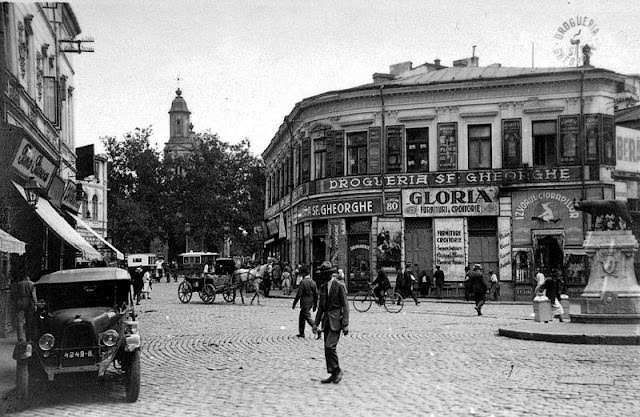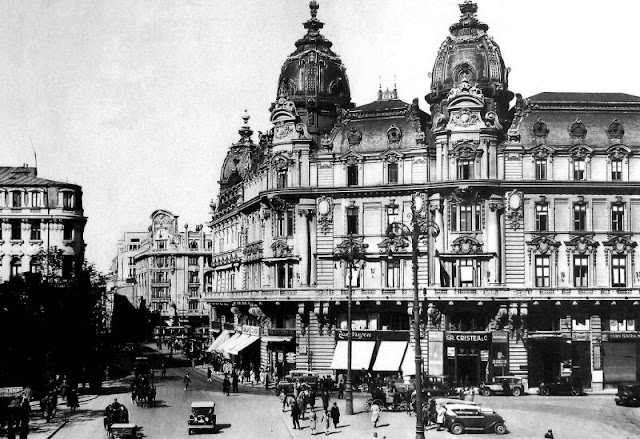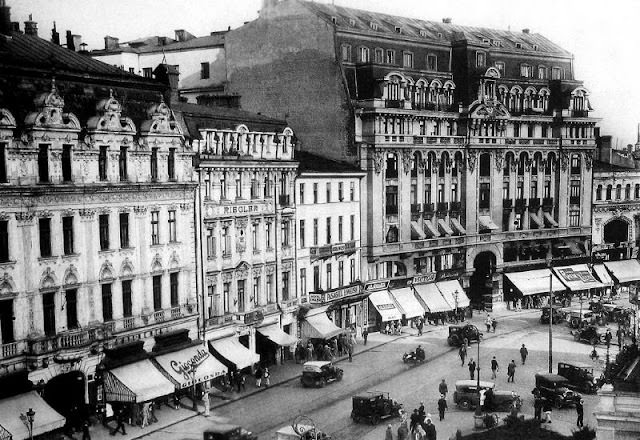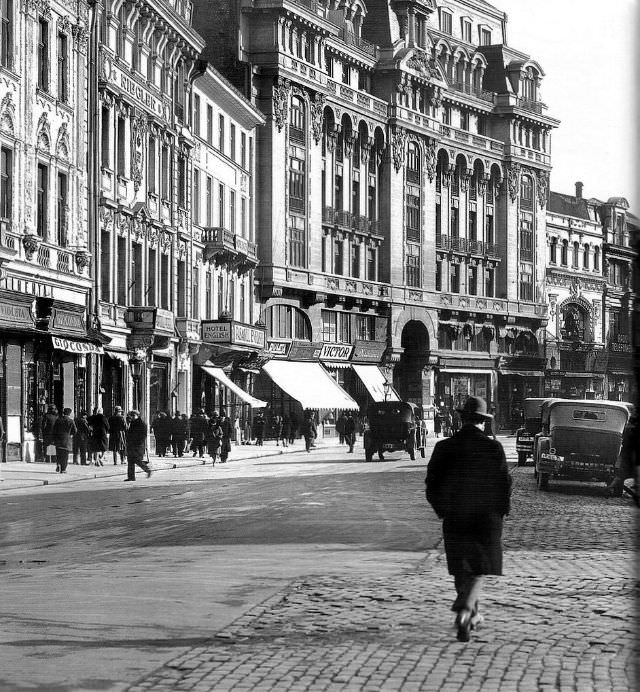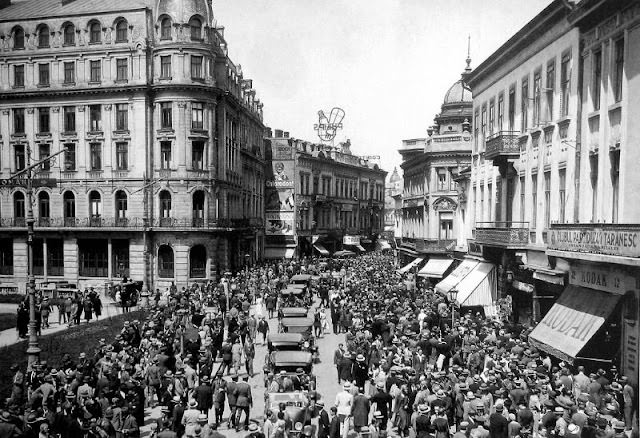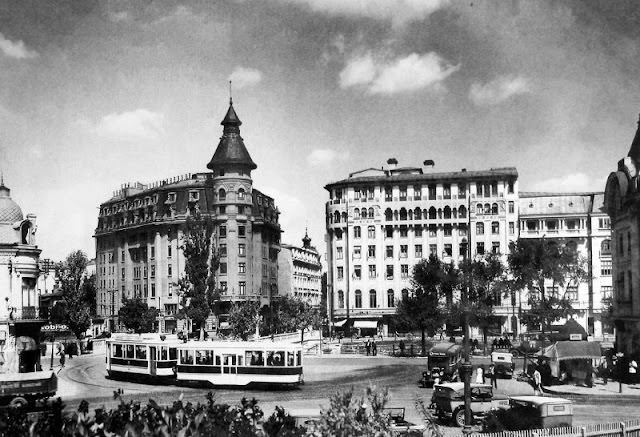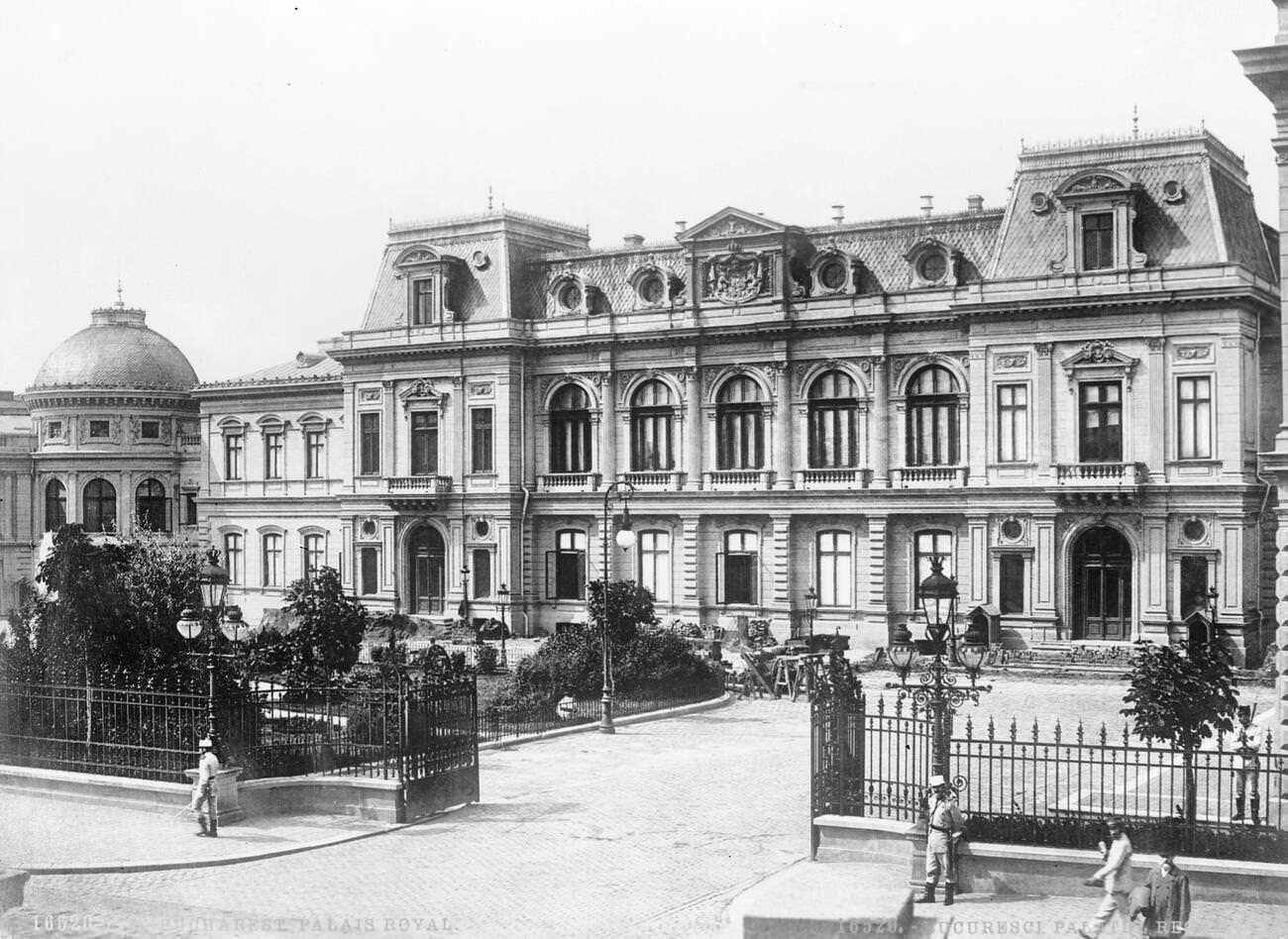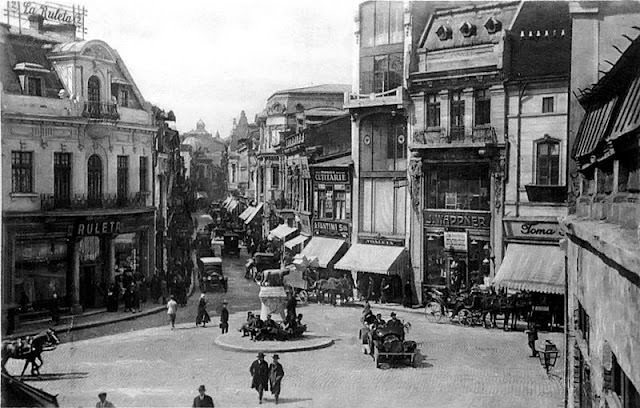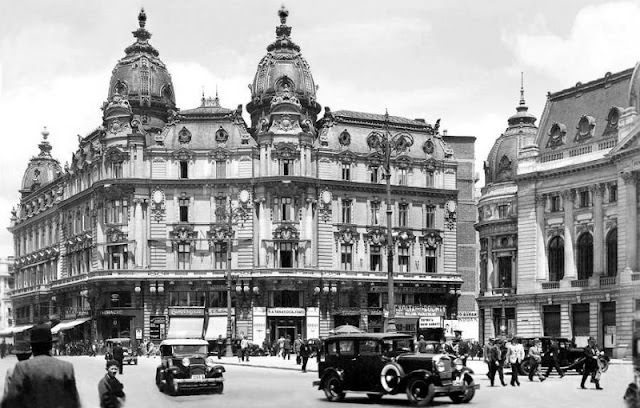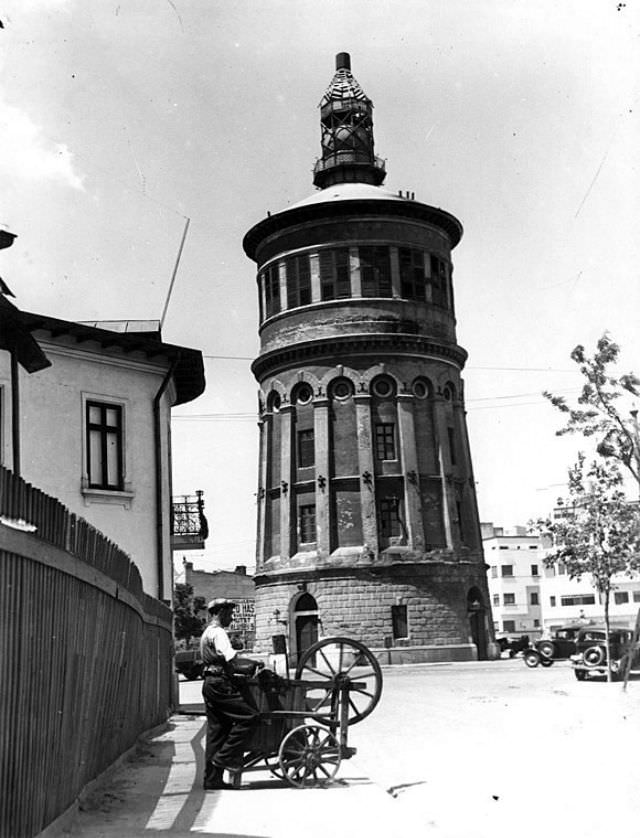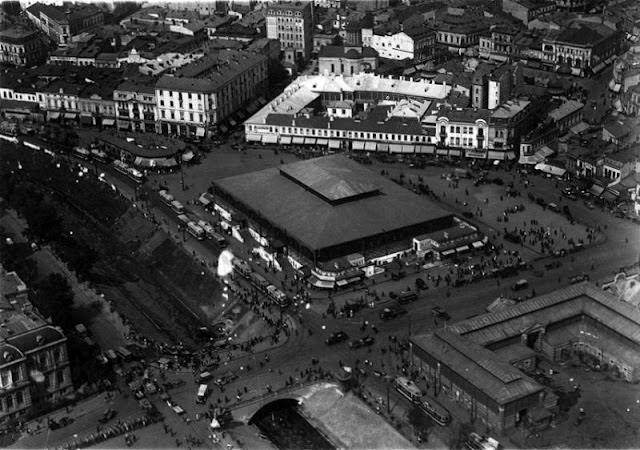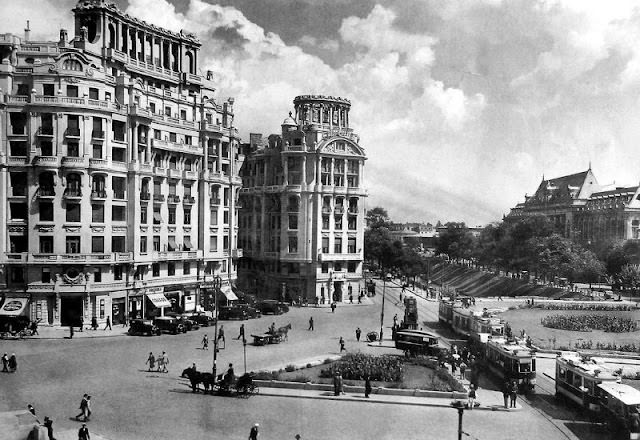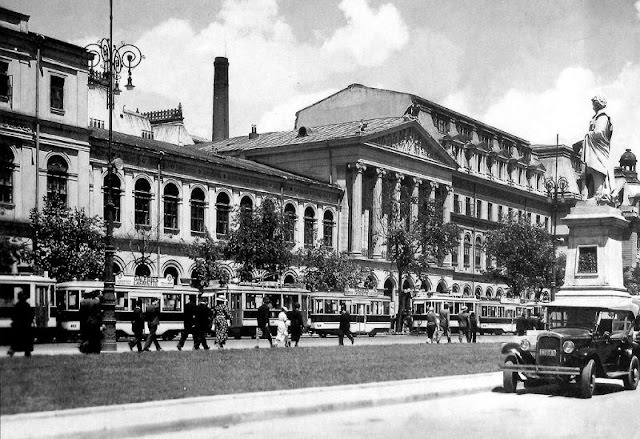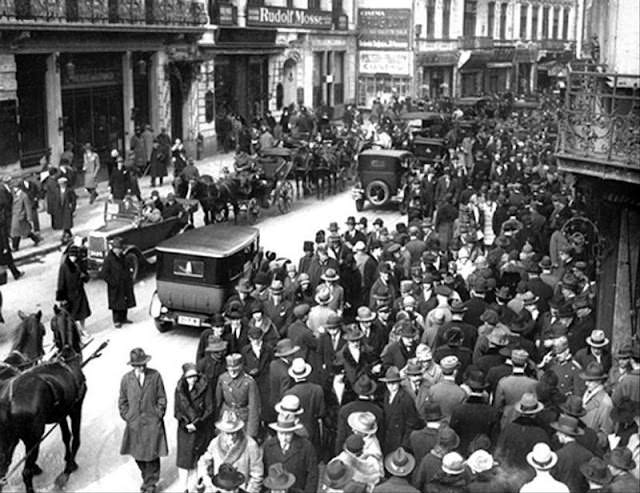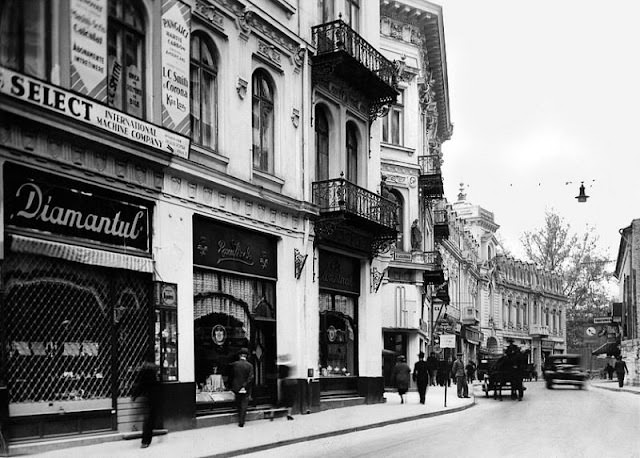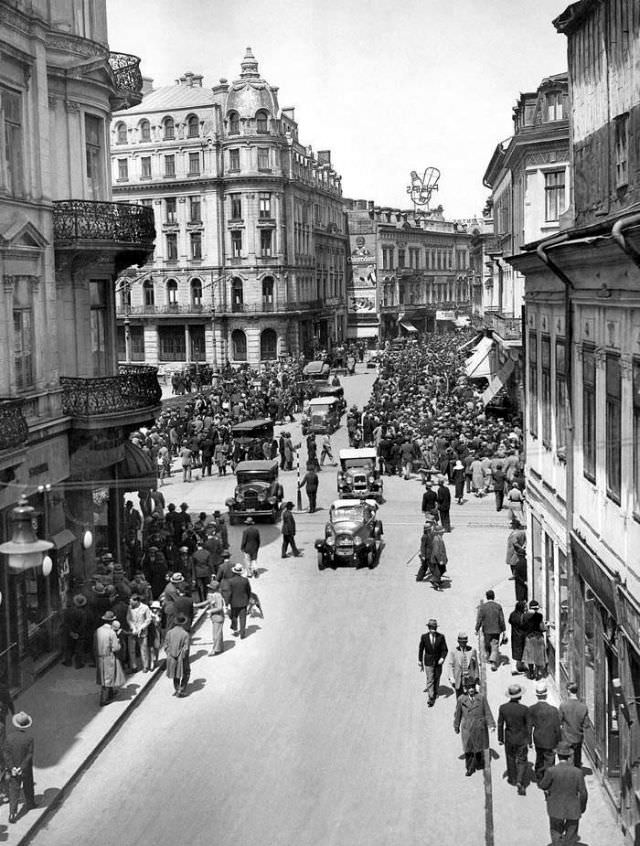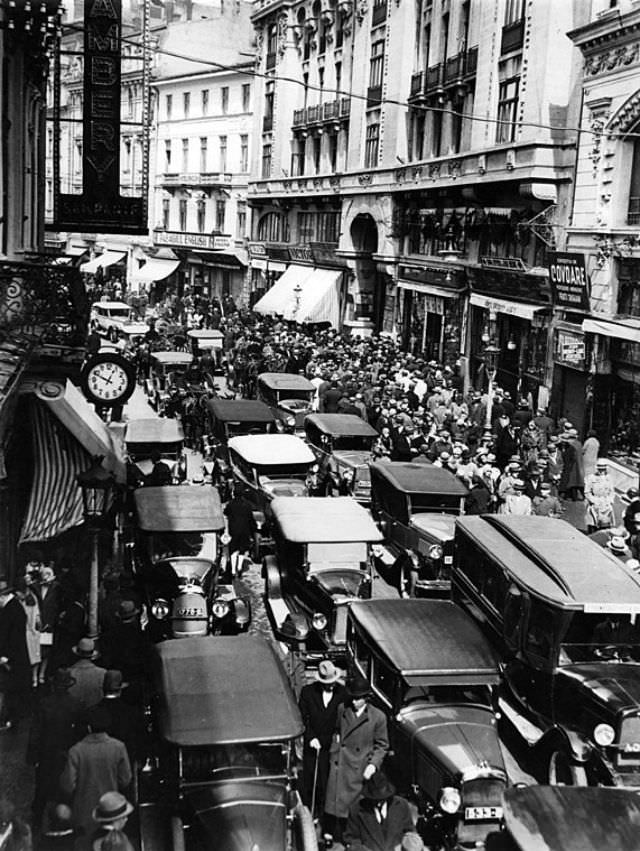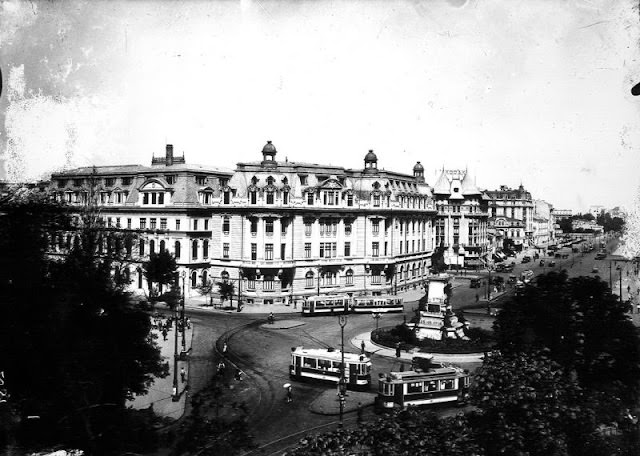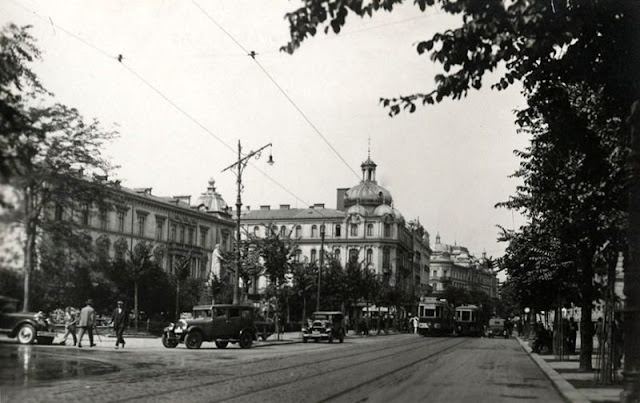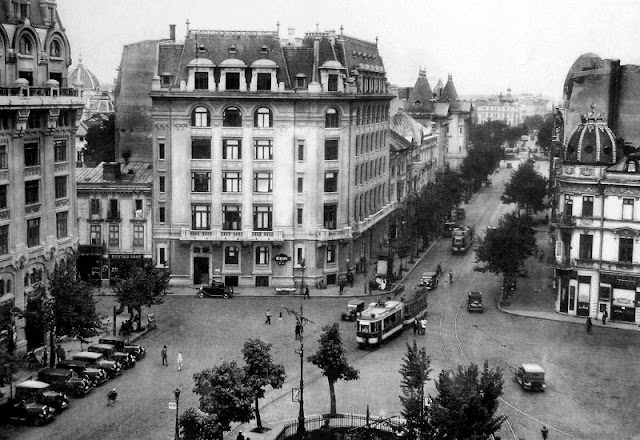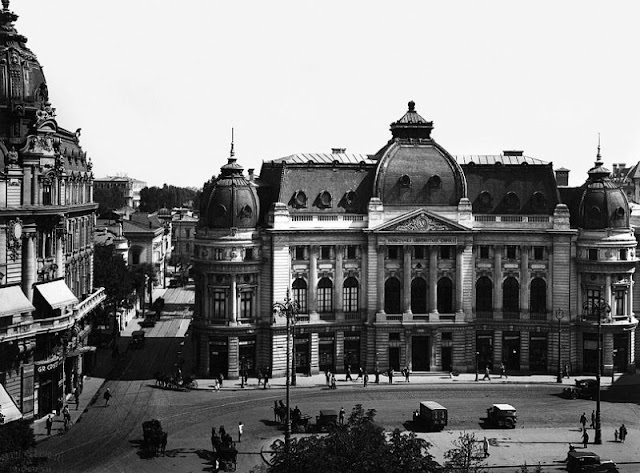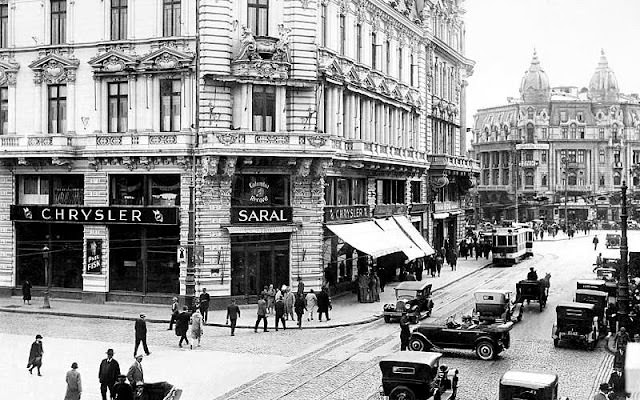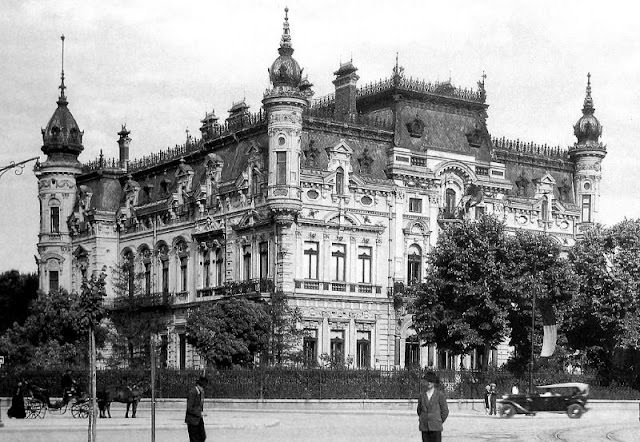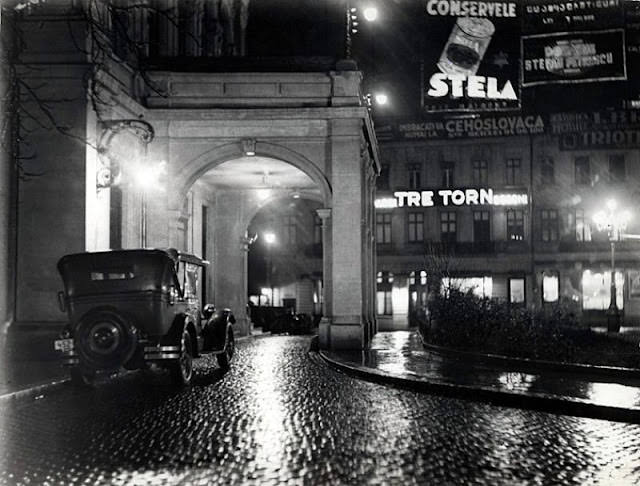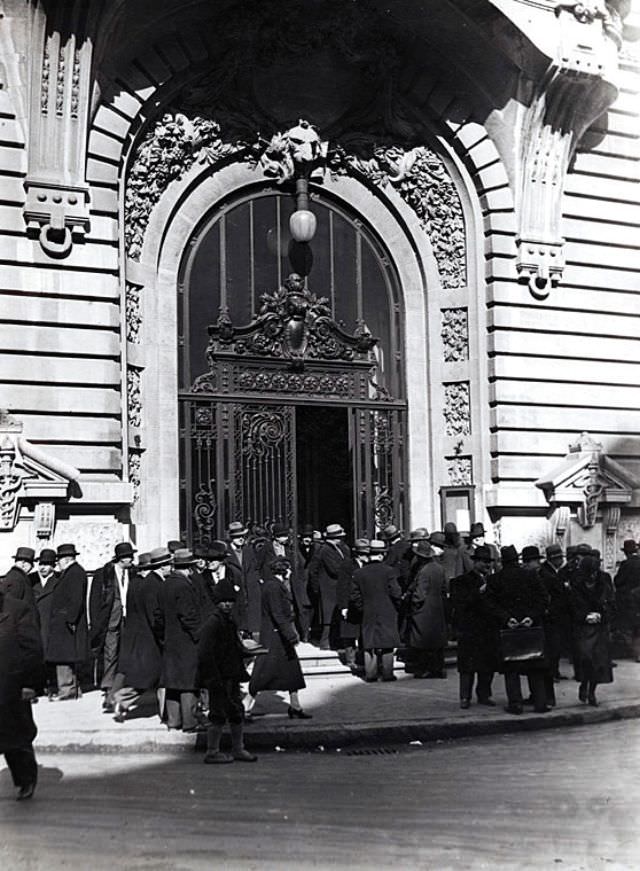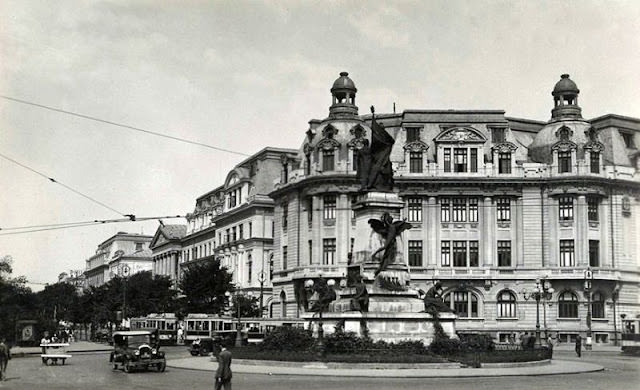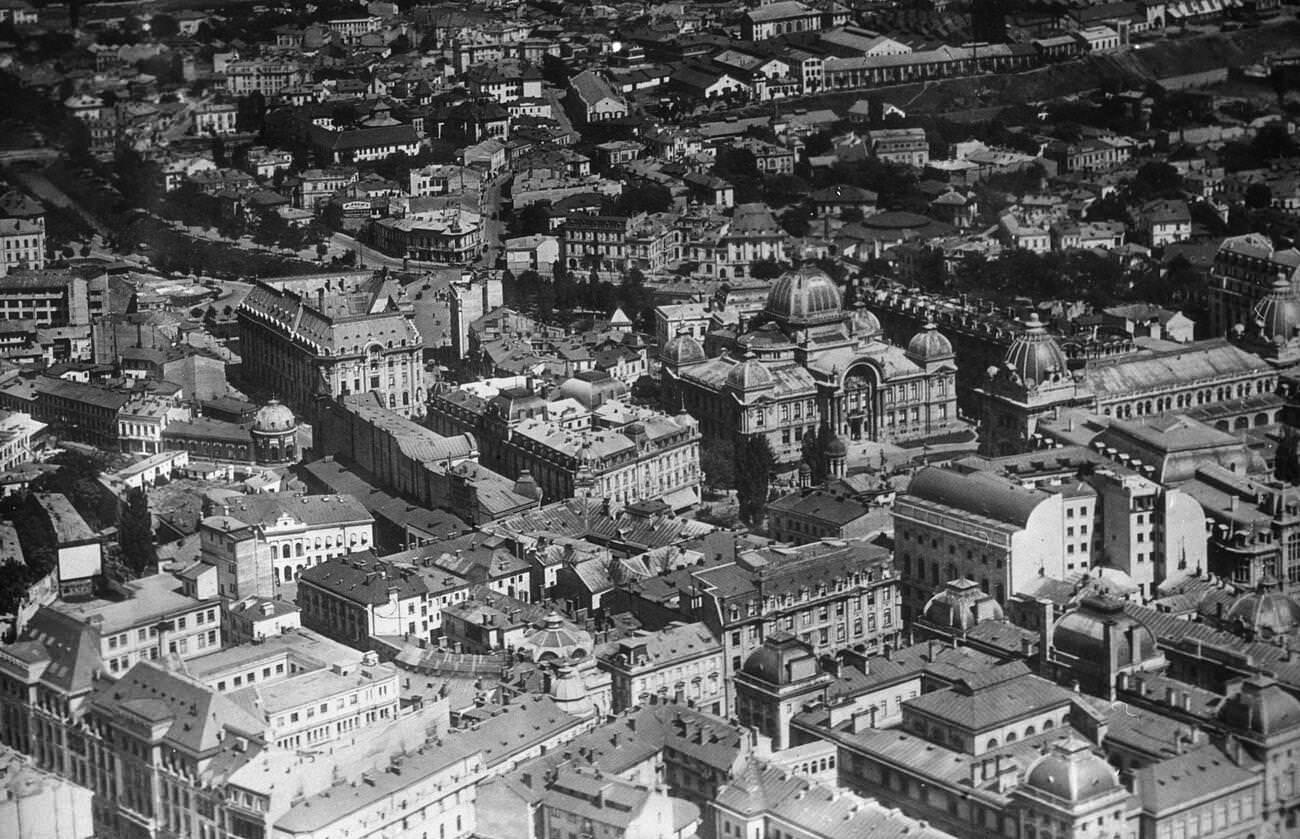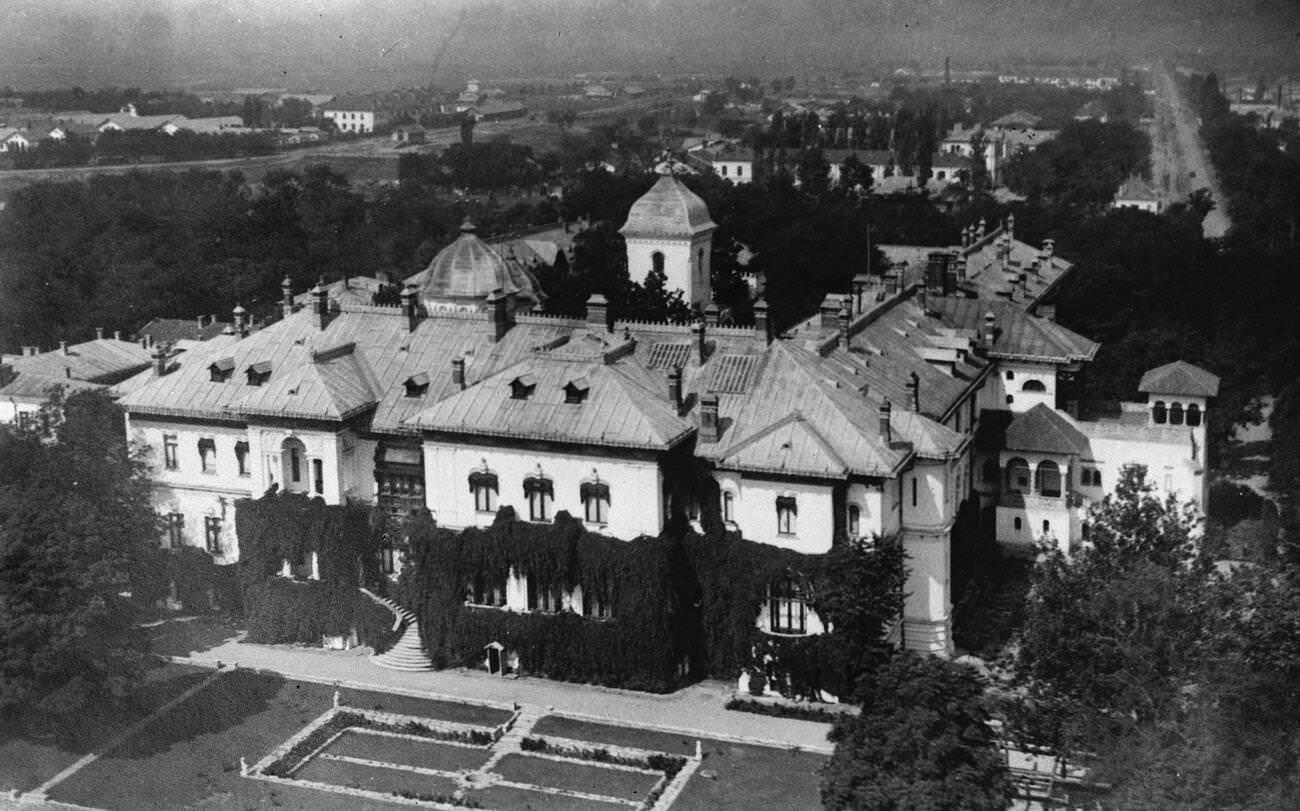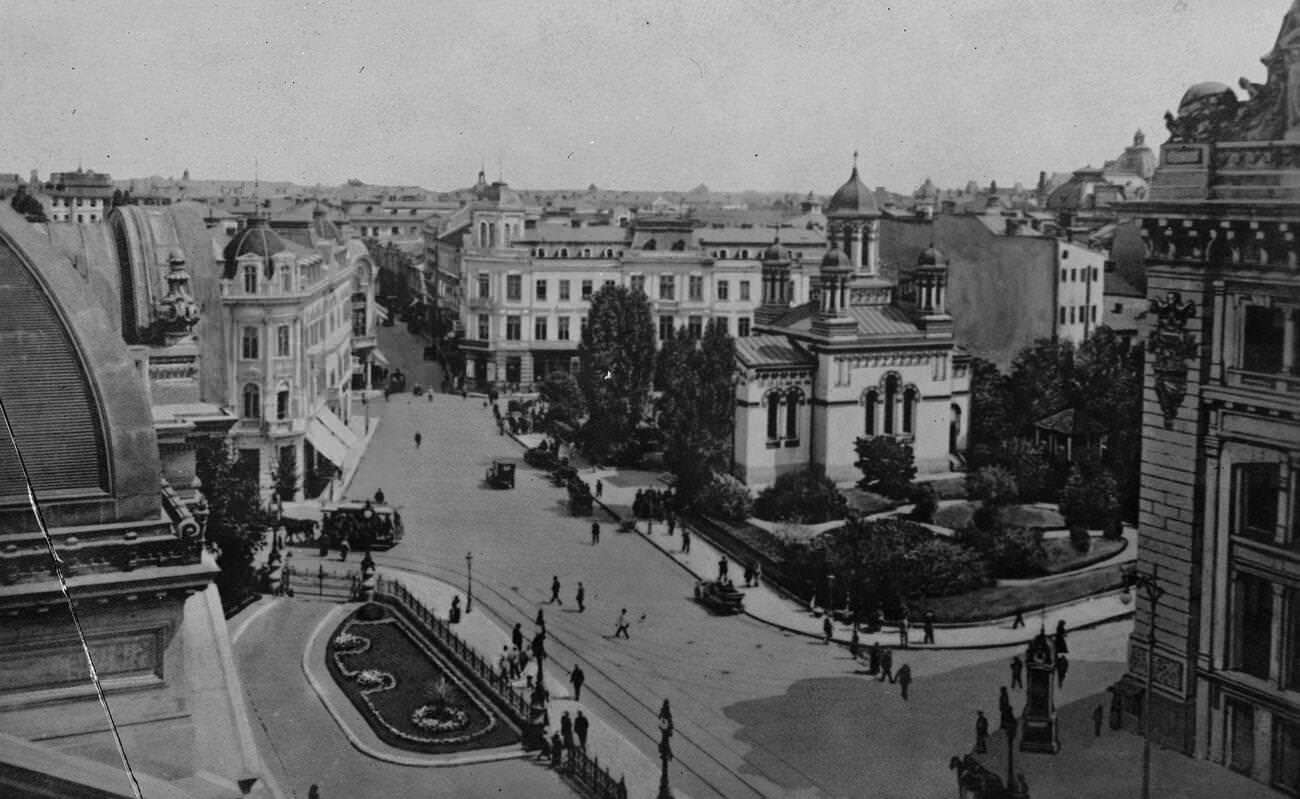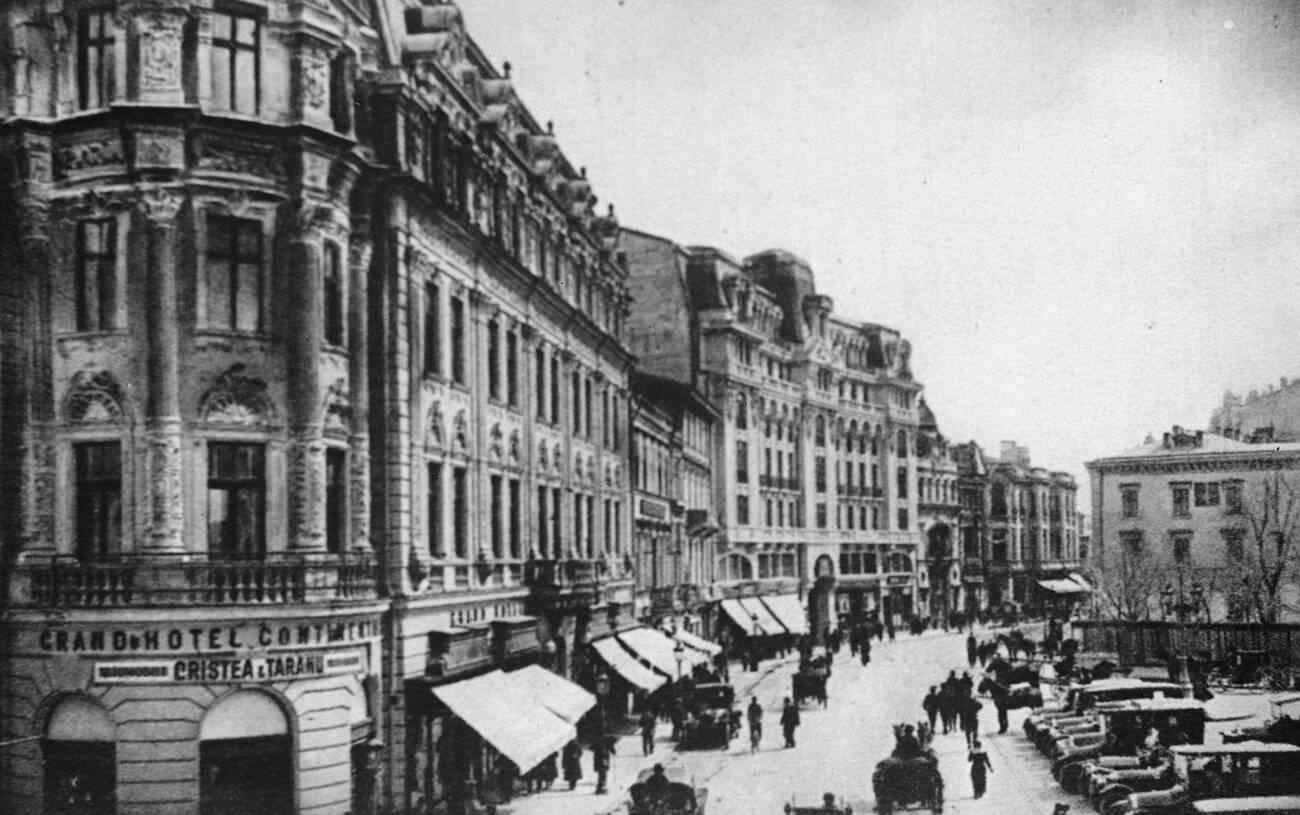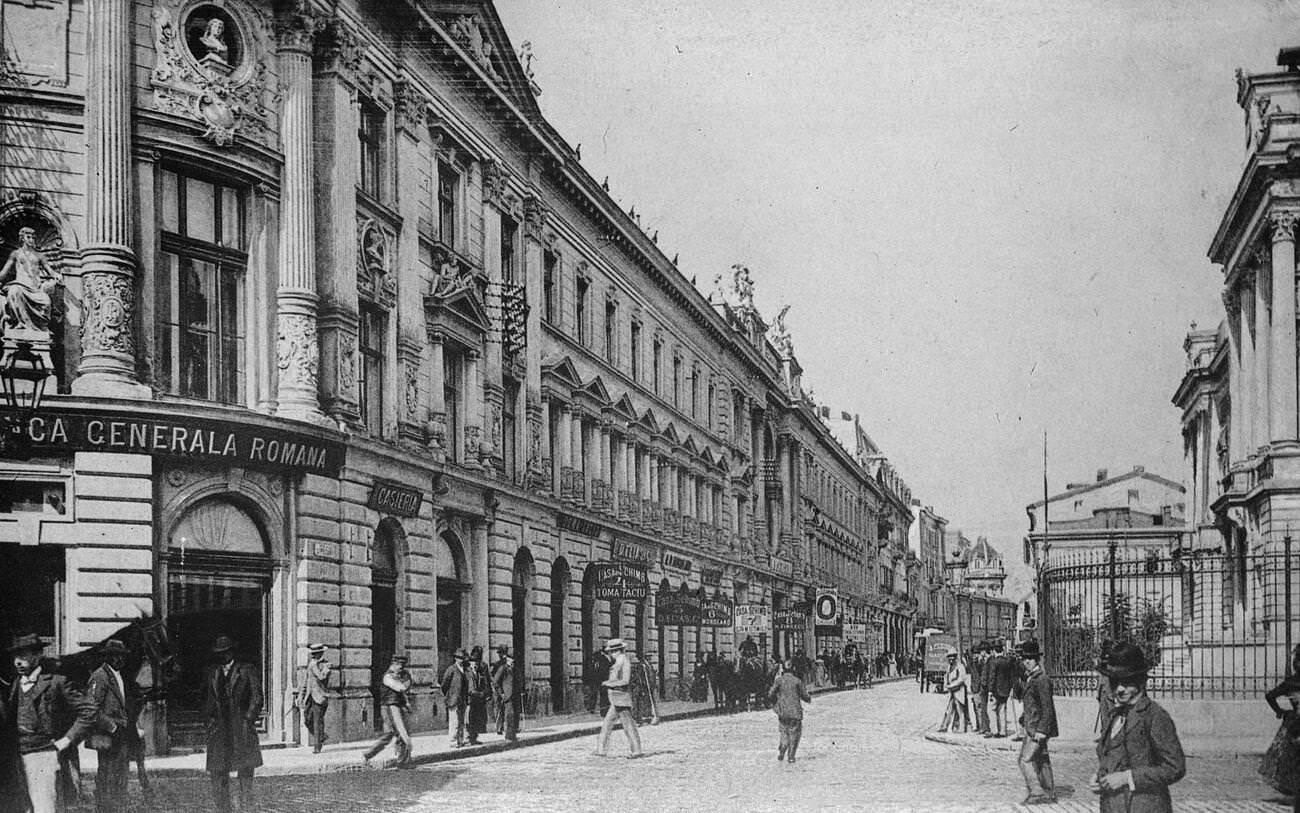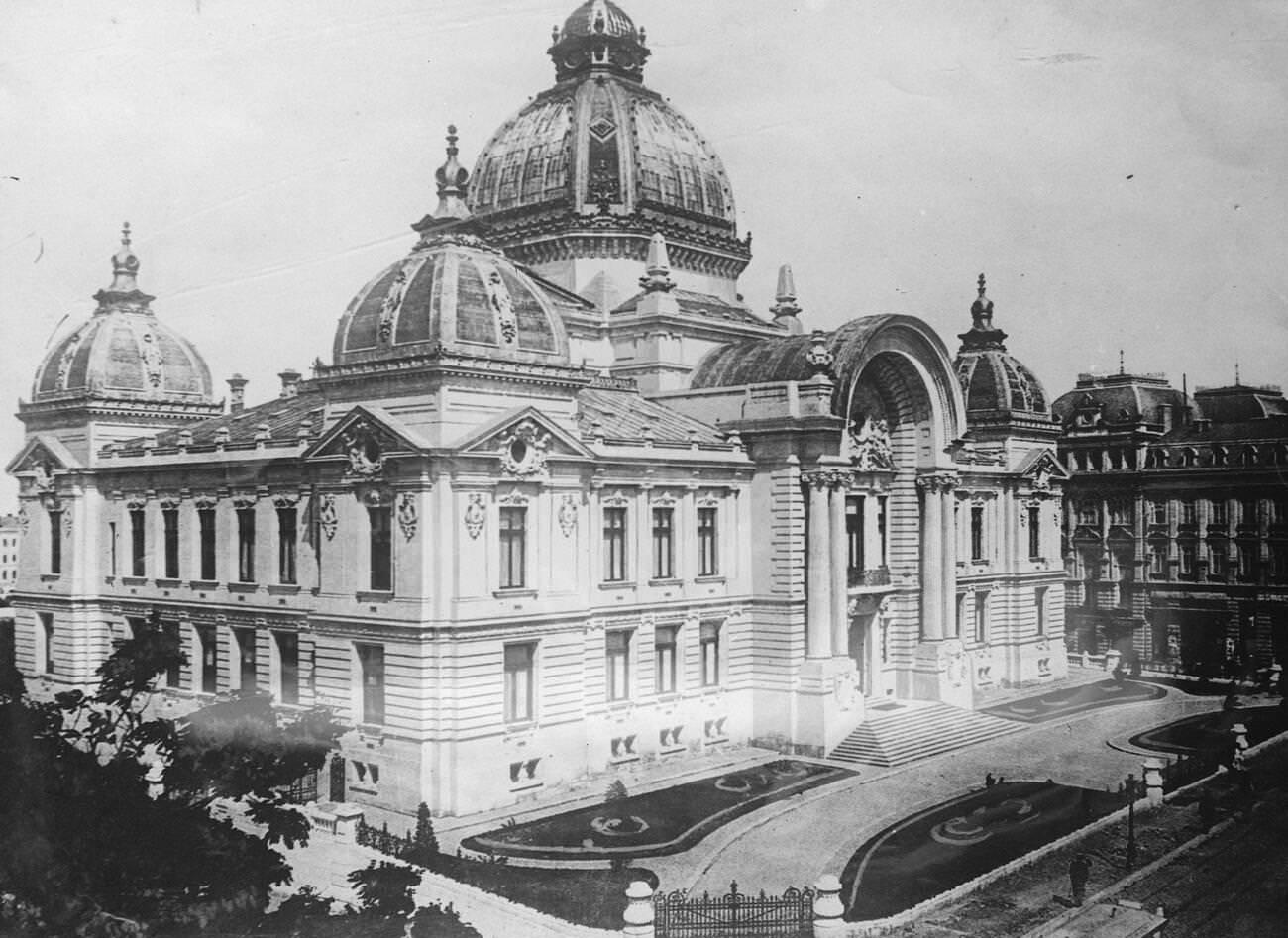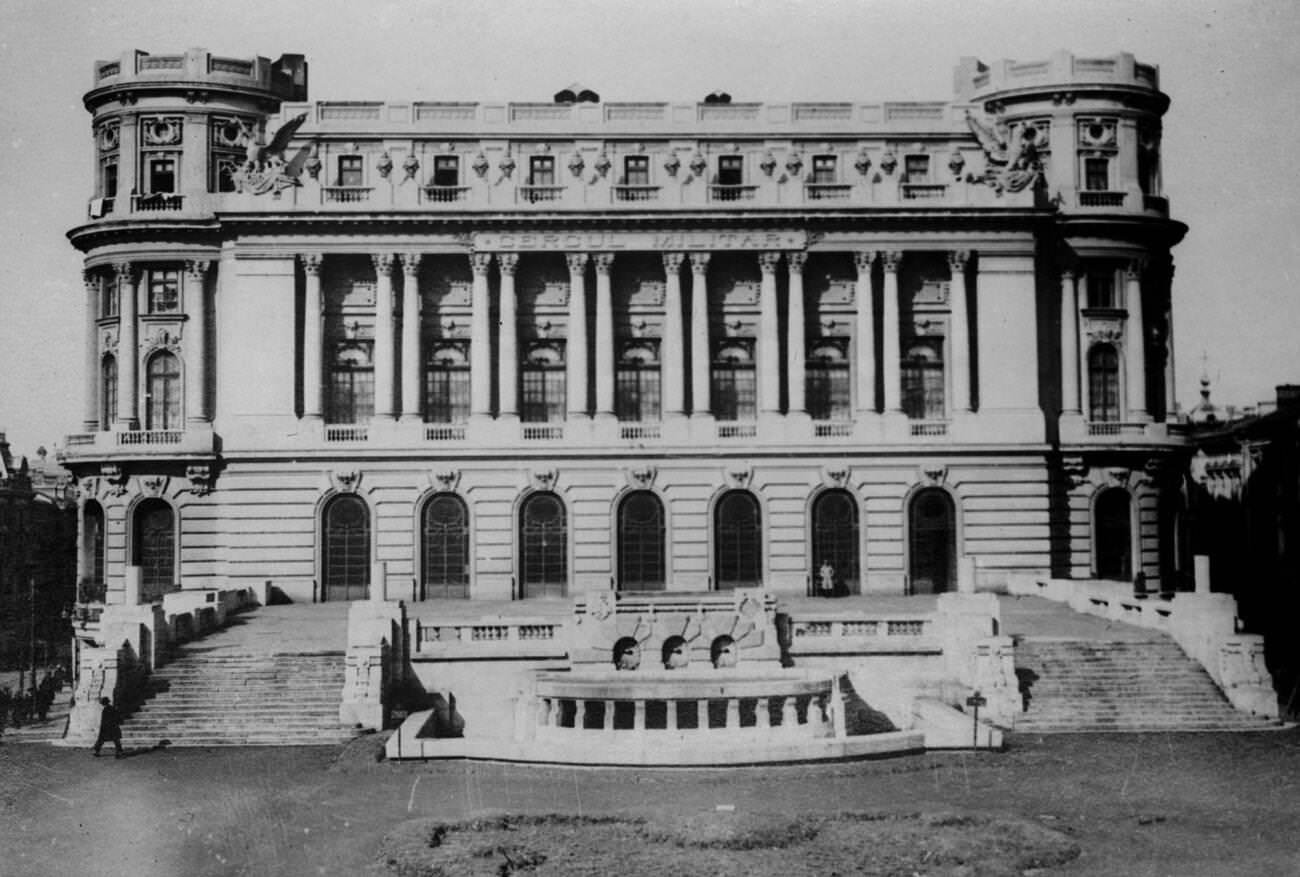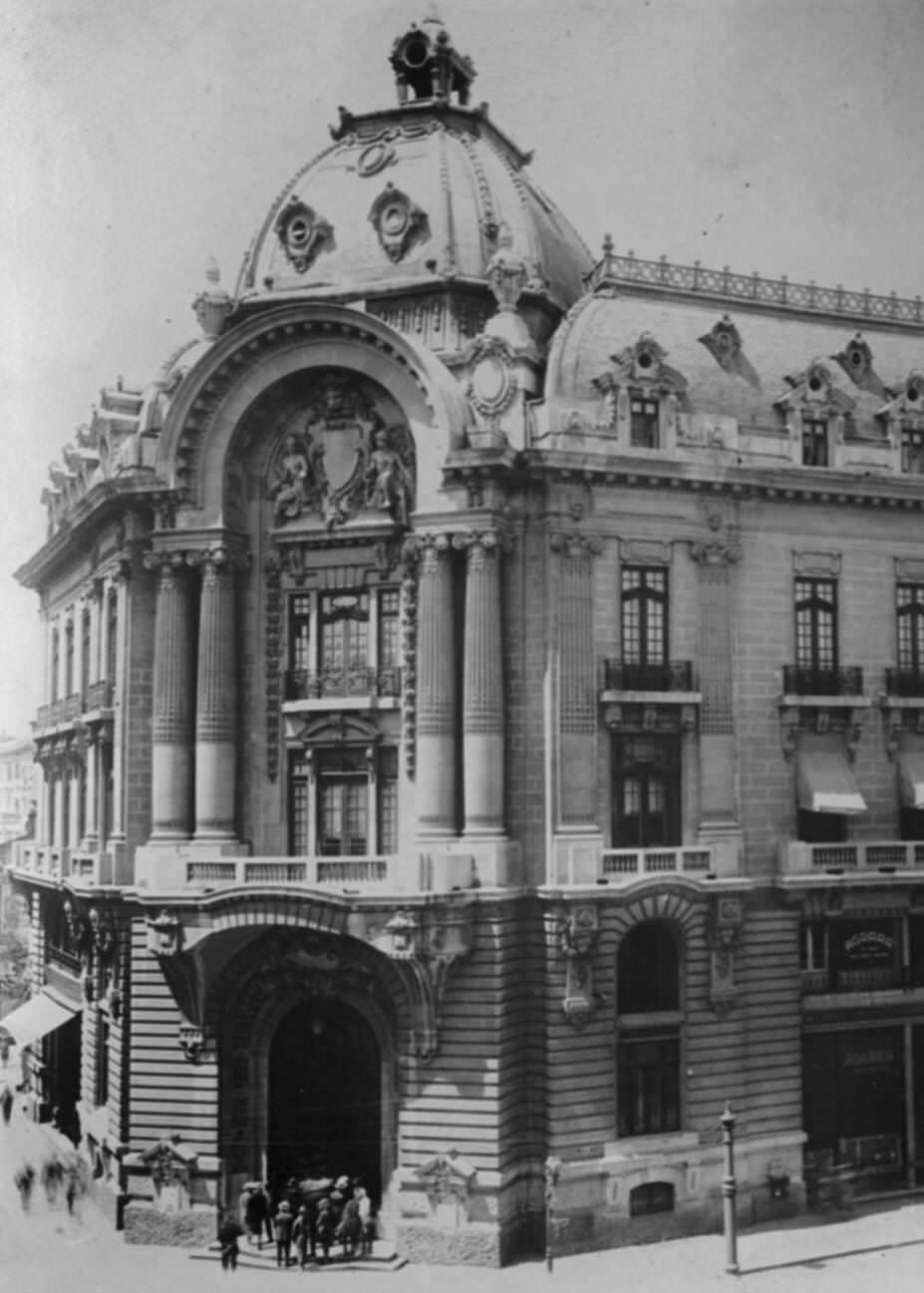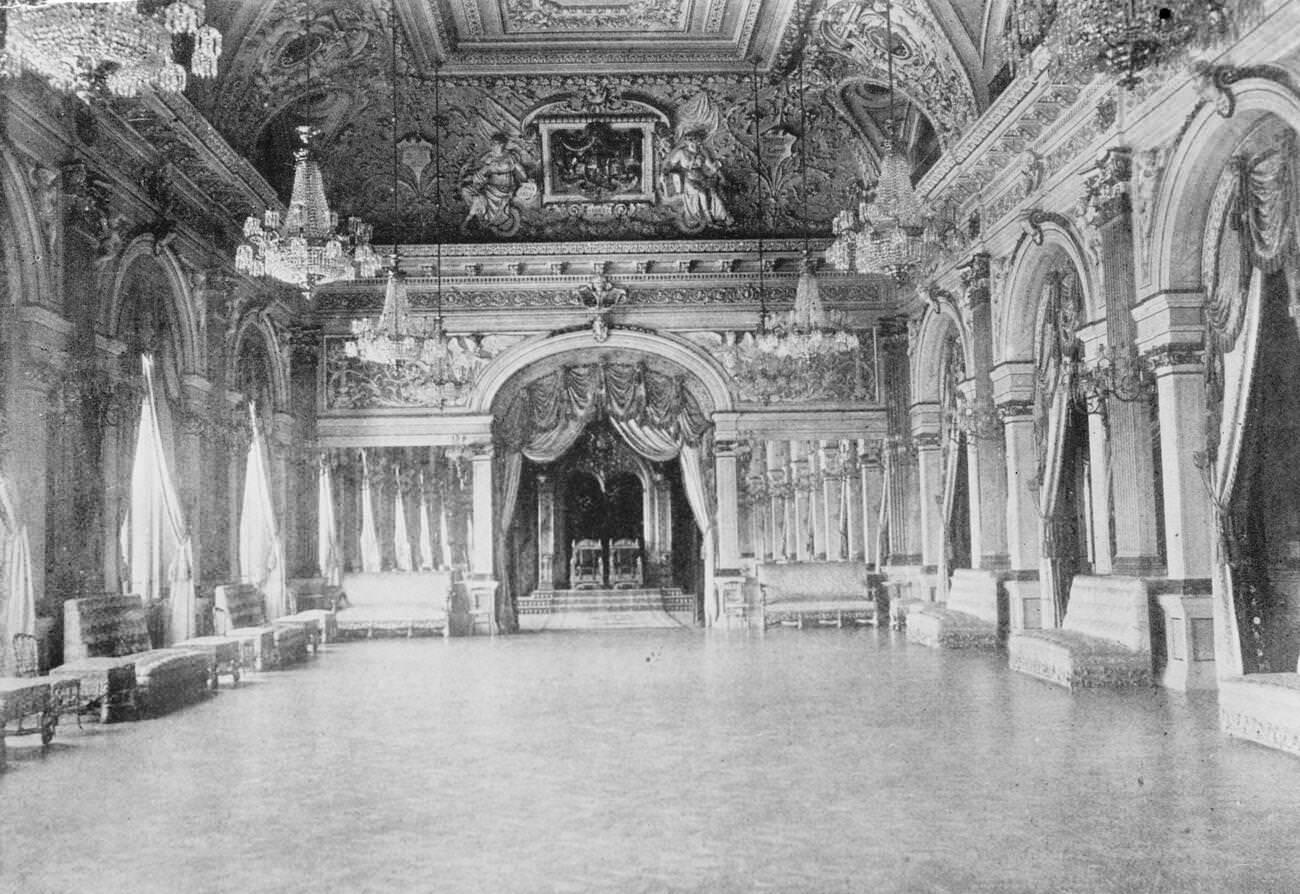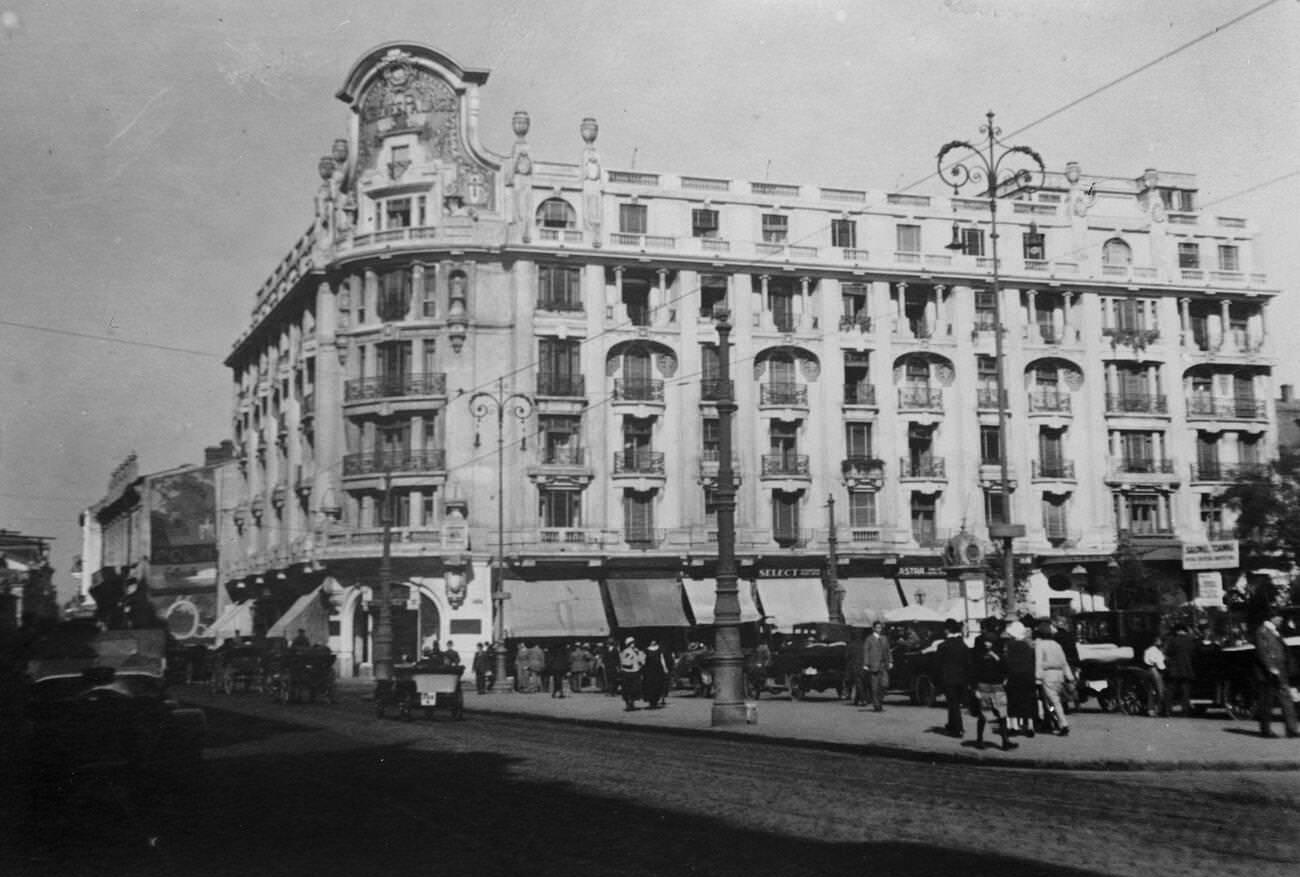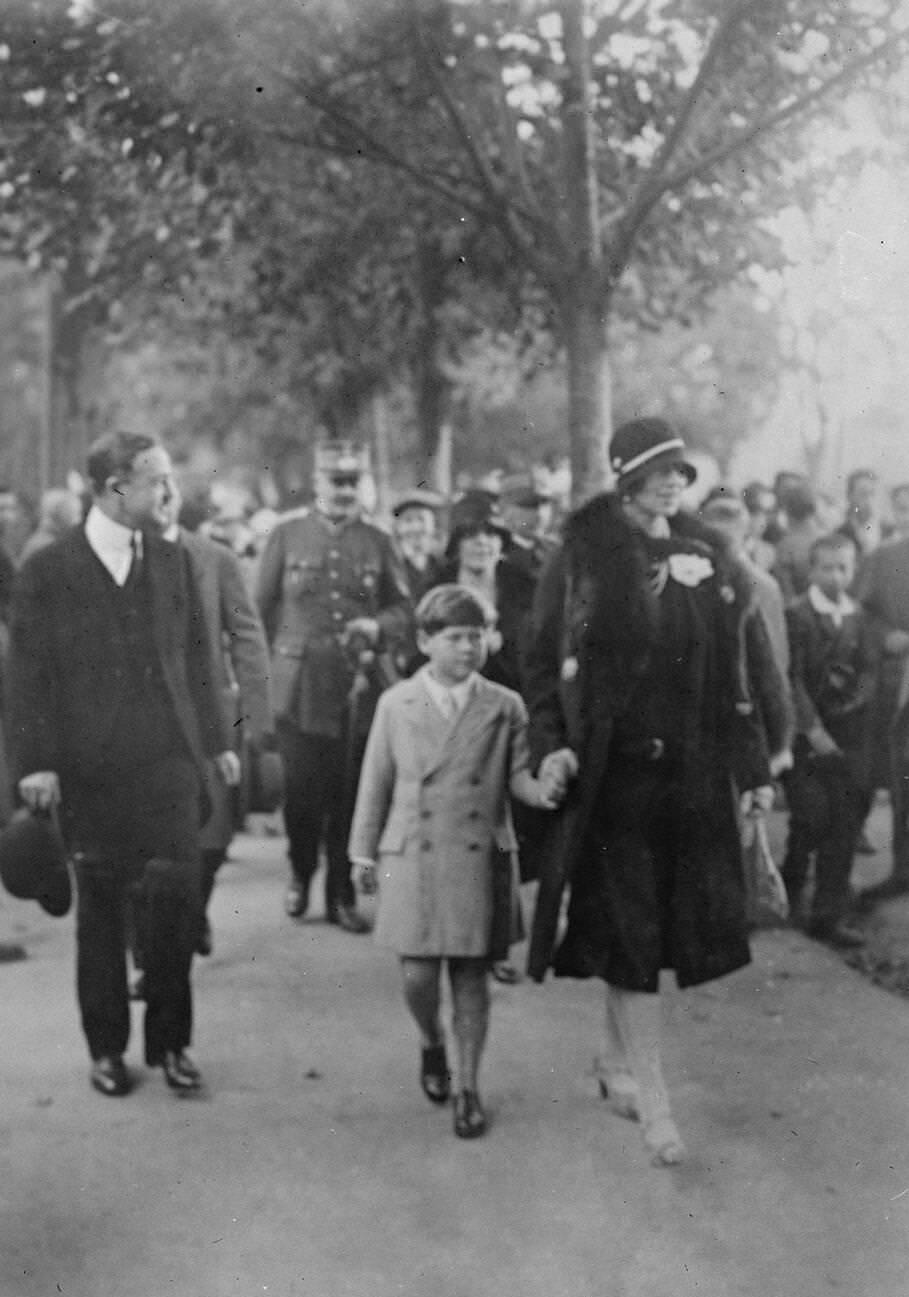The 1920s marked a fascinating period in the history of Bucharest. Known as the “Little Paris” of the East, Bucharest in the 1920s was a city of stark contrasts, caught between the remnants of a bygone era and the rapid modernization that defined the post-World War I landscape.
The end of World War I brought significant territorial gains for Romania, with Bucharest at the heart of the country’s newfound optimism and national pride. The war had taken a heavy toll, but the 1920s saw a concerted effort to rebuild and modernize the city. Bucharest’s architecture began to reflect this transformation, with the construction of modern buildings alongside the preservation of historic structures, blending Romanian architectural styles with Western influences.
The 1920s in Bucharest were marked by a vibrant cultural scene that drew intellectuals, artists, and writers from across Europe. The city’s cafes and salons became hubs of intellectual and artistic discourse, fostering a climate of innovation and creativity. Romanian literature, art, and music experienced a golden age, with figures like George Enescu, Constantin Brâncuși, and Nicolae Tonitza gaining international recognition for their work. Cinemas, theaters, and opera houses flourished, offering Bucharest’s citizens and its growing expatriate community a rich array of entertainment and cultural engagement.
Politically, the 1920s were a tumultuous time for Bucharest and Romania as a whole. The adoption of universal male suffrage and the establishment of a constitutional monarchy in 1923 marked significant steps towards modern governance. However, political stability remained elusive, with frequent changes in government and the growing influence of nationalist and populist movements.


